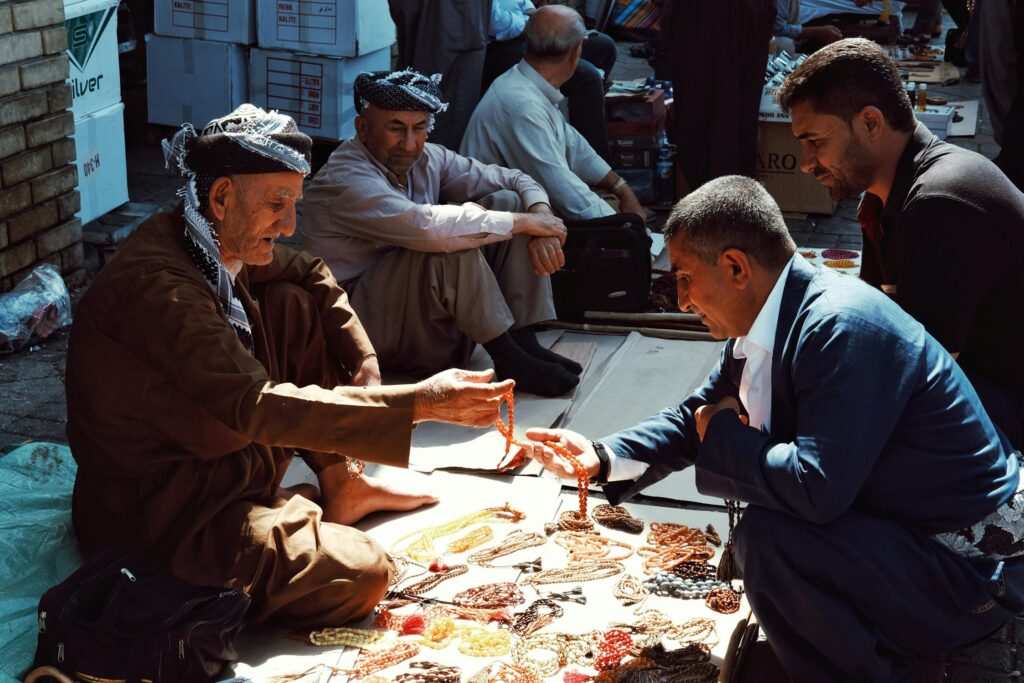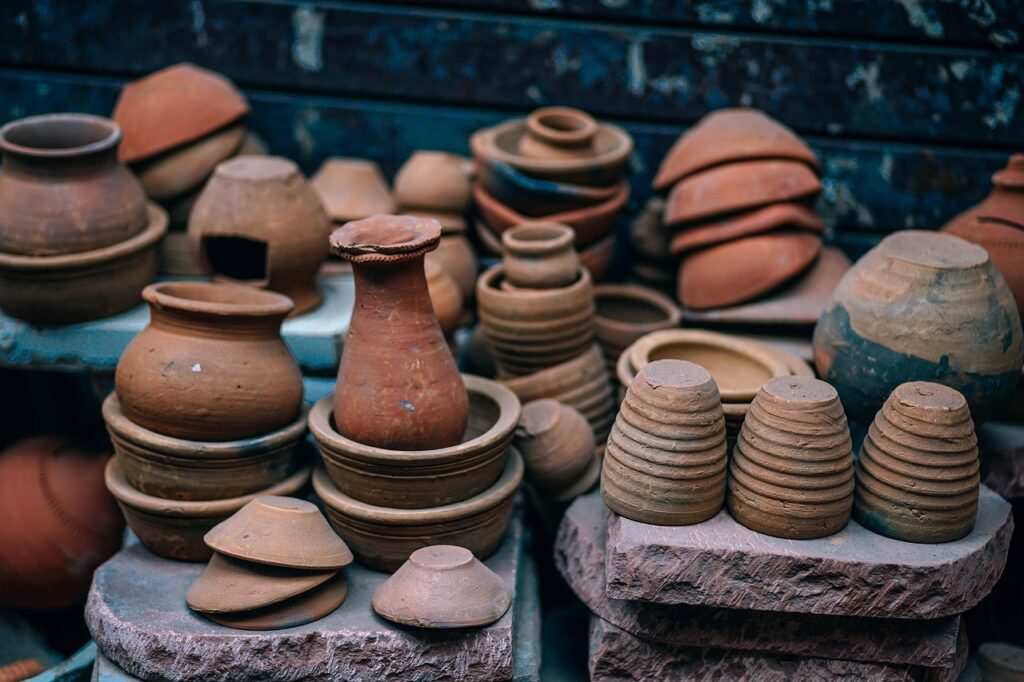Have you ever wondered why certain artworks or cultural traditions feel so deeply connected to a country’s identity? art and culture has it’s own role in nation. Art is much more than just beautiful paintings, sculptures, or performances; it’s a reflection of a nation’s heart and soul. It tells stories of history, values, struggles, and dreams, offering us a glimpse into what makes each culture unique. From the intricate patterns of traditional crafts to the grand designs of historic monuments, art captures the essence of a people’s way of life. It is through these creative expressions that nations preserve their heritage and pass it on to future generations. In this blog, we will explore how art and culture are intertwined, showing how every brushstroke, melody, or dance step reveals the spirit of a nation. Let’s dive into this fascinating connection and discover the magic of art as a cultural mirror.
1. The Symbiotic Relationship between Art and Culture
Art and culture are like two sides of the same coin, closely connected and constantly influencing one another. Culture implies the traditions, beliefs, and practices of a community, while art is one of the most powerful ways to express those aspects. Together, they form a cycle where culture inspires art, and art strengthens and preserves culture. For example, a nation’s festivals, rituals, or daily activities often inspire its artistic creations. In Japan, the minimalism found in art forms like Zen gardens and tea ceremonies reflects the cultural values of simplicity and balance. Similarly, African tribal art, such as masks and sculptures, captures the cultural emphasis on spirituality, ancestry, and communal identity. Art makes culture visible and tangible. It communicates stories, emotions, and values that might otherwise fade away over time. When artists create, they don’t just produce beautiful objects, they preserve their society’s essence. This is why art is often considered a cultural treasure, representing the heart and soul of a community or nation.

2. Traditional Art Forms and Their Cultural Significance
Traditional art forms are more than just creative expressions they are living pieces of history that carry the essence of a culture. These art forms often reflect the customs, beliefs, and everyday life of a community, making them an important part of cultural heritage. For example, in Nepal, paubha paintings and mandalas are deeply spiritual art forms that depict deities, cosmic symbols, and religious stories. These intricate works are not just decorative; they hold sacred meanings and are used in meditation and rituals. Similarly, in India, Madhubani art portrays nature, mythology, and cultural celebrations using vibrant colors and patterns.
In Africa, traditional masks and sculptures symbolize spiritual and ancestral connections, often used in ceremonies to honor gods or communicate with the spirit world. Meanwhile, in Japan, the centuries-old tradition of origami (paper folding) reflects cultural values like precision, patience, and simplicity. Art and culture has two side coin role. These art forms are passed down through generations, preserving the techniques and stories that define a community. However, they are not just relics of the past they evolve with time. For example, contemporary artists may use traditional methods to create modern designs, blending the old with the new. Traditional art forms also play a crucial role in festivals, weddings, and other cultural events, adding color and meaning to life’s important moments.
3. Art as a Mirror of Historical Events
Art is like a visual storyteller that captures important historical moments and makes them timeless. Throughout history, artists have used their work to document wars, revolutions, celebrations, and changes in society. These artworks help us understand the past, even if we didn’t live through it ourselves. For instance, Pablo Picasso’s famous painting Guernica depicts the horrors of the Spanish Civil War. With its chaotic figures and haunting imagery, it conveys the pain and devastation of war in a way words often cannot. Similarly, Diego Rivera’s murals in Mexico narrate the struggles of workers and highlight the fight for social justice during industrialization. In Nepal, historical events are often depicted through traditional paubha paintings. During the Renaissance, for example, European art celebrated human achievement and the rediscovery of classical knowledge, reflecting the optimism of that era. In contrast, art from the Great Depression, like Dorothea Lange’s photographs, shows the struggles of everyday people during tough times.

4. The Role of Religion and Spirituality in Art
Religion and spirituality have always been major inspirations for art, influencing its themes, styles, and purpose. Across the world, many artistic masterpieces have been created to honor gods, tell religious stories, or symbolize spiritual beliefs. For example, in Europe, Christian faith inspired breathtaking works like Michelangelo’s Sistine Chapel ceiling and the stained-glass windows of Gothic cathedrals. These works were designed to inspire awe and bring people closer to their faith. Similarly, in Islamic culture, art avoids figurative imagery but uses intricate geometric patterns and calligraphy to express the beauty of divine creation. In Nepal and Tibet, Buddhist art like Thangka paintings and stupas represents spiritual teachings and the path to enlightenment. These artworks are not just beautiful; they serve as tools for meditation and spiritual practice. art and culture represent Hindu temples in India, adorned with detailed carvings of gods and goddesses, reflect the religious devotion and creativity of the community. Religion and spirituality give art a deeper purpose. By looking at religious and spiritual art from different cultures, we can learn about the beliefs, values, and practices that shape societies. It also reminds us of the universal quest for meaning and connection that binds humanity together.
5. Language and Literature as Artistic Expressions of Culture
Language and literature are among the most powerful tools for preserving and expressing a nation’s culture. Through stories, poetry, and plays, writers capture the essence of their society their struggles, dreams, traditions, and values. These works provide a timeless record of how people think, feel, and live. For example, the epics Ramayana and Mahabharata from India are not just stories; they are cultural treasures that have shaped the morals and philosophy of millions. Similarly, in Nepal, the poetry of Laxmi Prasad Devkota reflects the beauty of the Nepali language and the deep emotions of its people. His works like Muna Madan portray themes of love, sacrifice, and social issues that resonate with Nepali culture. These stories, passed down verbally, preserve traditions and teach moral lessons. African folk tales, Native American legends, and Nepali rural ballads all serve as cultural memory banks. In a world increasingly dominated by technology and visual media, the written word remains a vital way to explore and celebrate cultural identity. Language and literature ensure that a nation’s voice continues to resonate through time.
6. Visual Arts: A Canvas of Cultural Identity
Visual arts such as paintings, sculptures, and architecture are like open books that tell the story of a culture. They are vivid representations of a nation’s history, beliefs, and identity. Every line, shape, and color carries meaning, reflecting the values and traditions of the people who created them. For instance, in Nepal, the intricate wood carvings on traditional Newar houses and temples are not just decorative; they showcase the rich artistic heritage of the Kathmandu Valley. These carvings often depict gods, mythical creatures, and everyday life, connecting people to their history and spirituality. European Renaissance art, such as Leonardo da Vinci’s Mona Lisa or Michelangelo’s sculptures, reflects the cultural emphasis on humanism and scientific exploration during that time. They remind us that while cultures may differ in their styles and techniques, the desire to express identity through art is universal.
Art is more than just colors, shapes, or performances—it is the soul of a nation’s culture. It tells stories of history, celebrates traditions, and connects people to their roots. Through art, we see how communities express their beliefs, struggles, and dreams. Whether it’s a painting, a dance, or a song, each piece carries the essence of a culture, making it timeless and meaningful. In today’s world, as cultures blend and evolve, art plays a key role in preserving unique identities while fostering global understanding. It bridges the past with the present, reminding us of where we come from and inspiring where we can go. By valuing and protecting art, we protect the heart of our culture. So, the next time you admire a piece of art or watch a traditional performance, remember you’re witnessing the soul of a nation. Let’s celebrate and cherish it.

